The Transformative Role of Digitalization in Art Preservation & Accessibility
As the world continues its relentless march towards digitalization, hardly any field remains untouched by this revolutionary wave, including the creative vista of arts. By deploying innovative digital technologies, we are witnessing a significant transformation in the way art is preserved, accessed, and viewed.
The Impact of Digitalization on Art Preservation and Accessibility
Digitalization has drastically improved the preservation of artworks by introducing methods such as high resolution image archival and 3D reconstruction. These advancements have not only extended the lifespan of precious works – by keeping their digital counterparts safely stored – but have also significantly enhanced their accessibility.
Today, anyone with a stable internet connection can access and view digitally preserved art. Virtual museums have opened up the world of art to audiences who may have previously been unable to visit physical museums due to geographical or financial barriers. 3D reconstruction technologies have allowed us to interact with artifacts and architecture from a three-dimensional perspective, bridging the gap between observers and the tangible essence of art.
Benefits and Challenges of Digitalization in Art
While the benefits of digital preservation and accessibility are extensive, there are several challenges this ever-evolving field must face. Issues concerning the accuracy of digital reproductions, intellectual property rights, and the authenticity of the digital art experience are among the most tangible ones.
Despite these challenges though, the continuous advancement of digital platforms such as augmented reality, virtual reality, and other immersive technologies promises a multifaceted and far-reaching art experience for audiences worldwide.
The Future of Art in a Digital World
Digitalization is reshaping how artists create, how curators showcase, and how the public appreciates art. Experimentation with digital tools and platforms provides artists with new innovative prospects, while curators are empowered to reach wider, global audiences.
The digitally enhanced future of art opens us up to vast possibilities, yet it also begs the question of how we balance technological progression with preserving the raw, tactile essence of art. As we navigate towards this future, the intersection of art and digital technology promises to remain a vibrant and dynamic hub of innovation and discovery.
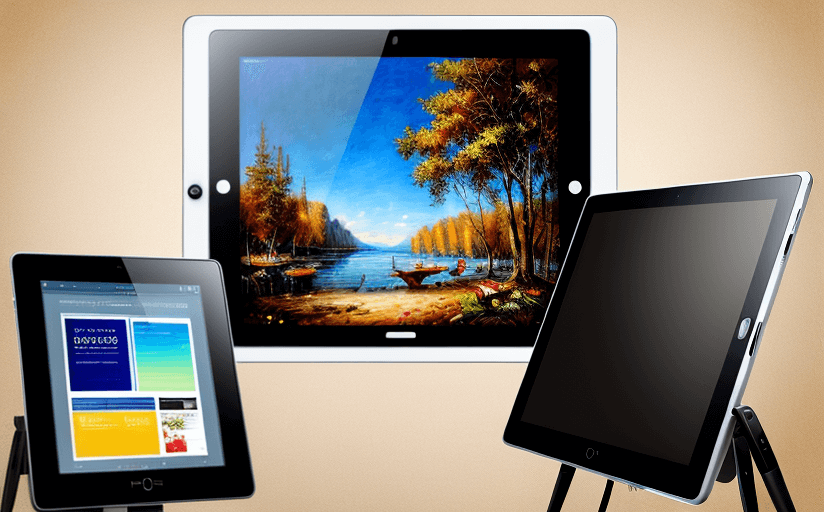


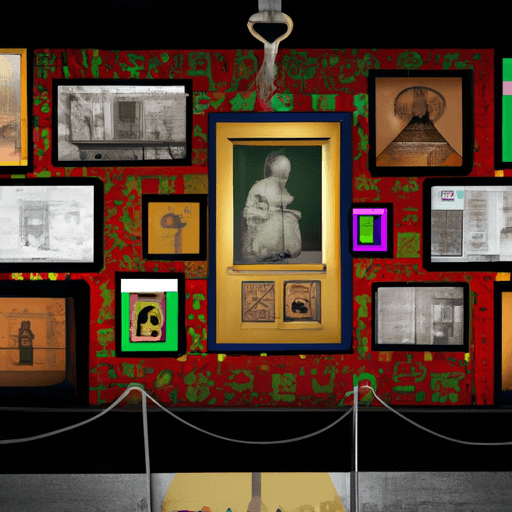


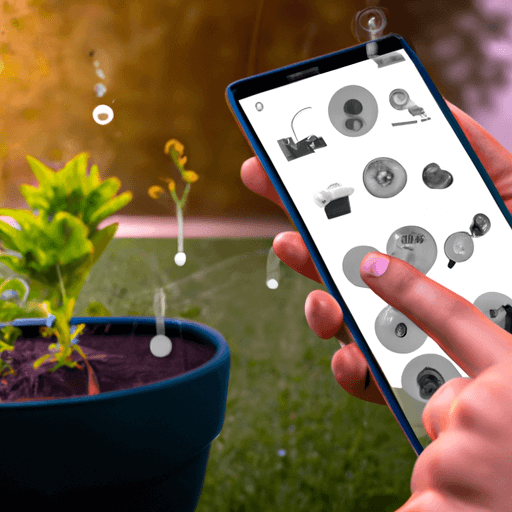
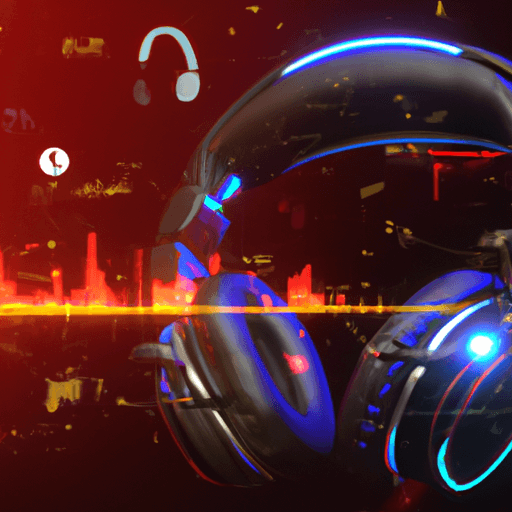

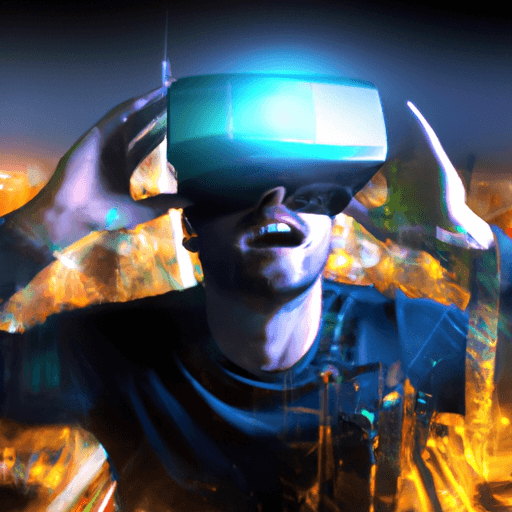
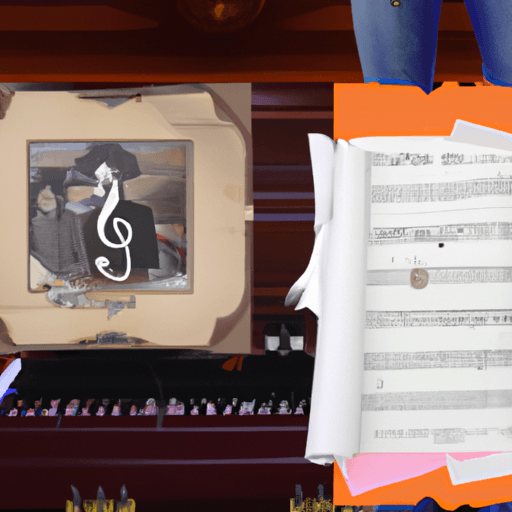
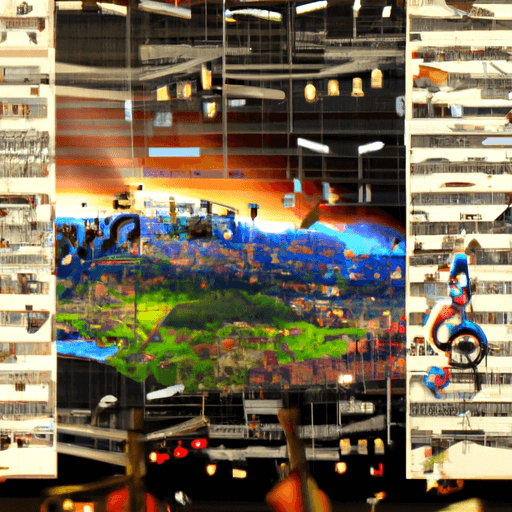
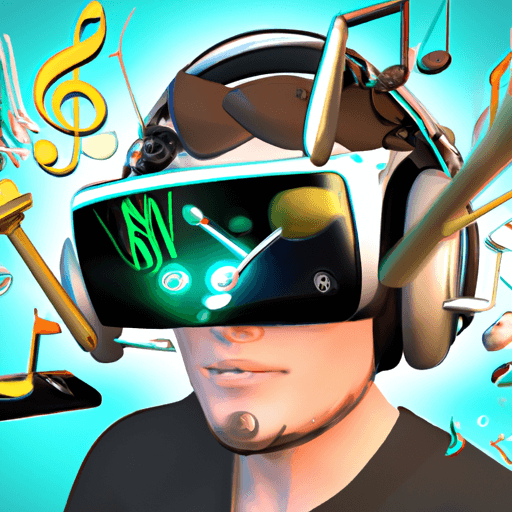




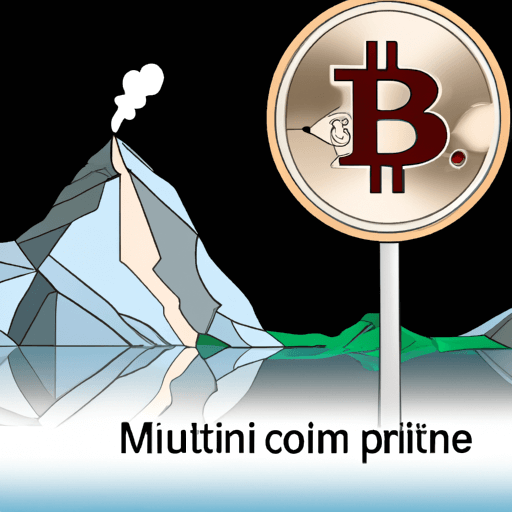
Comments
Leave a Comment